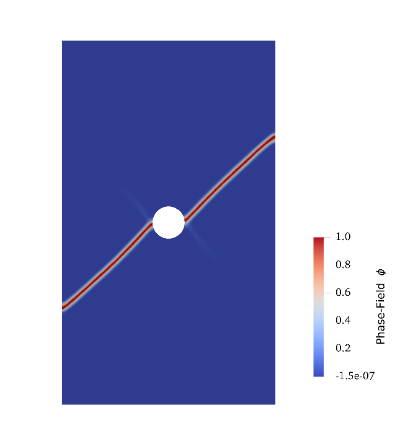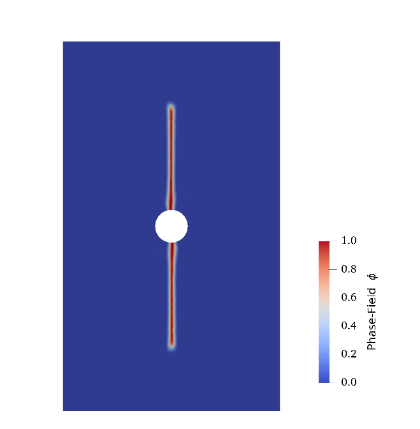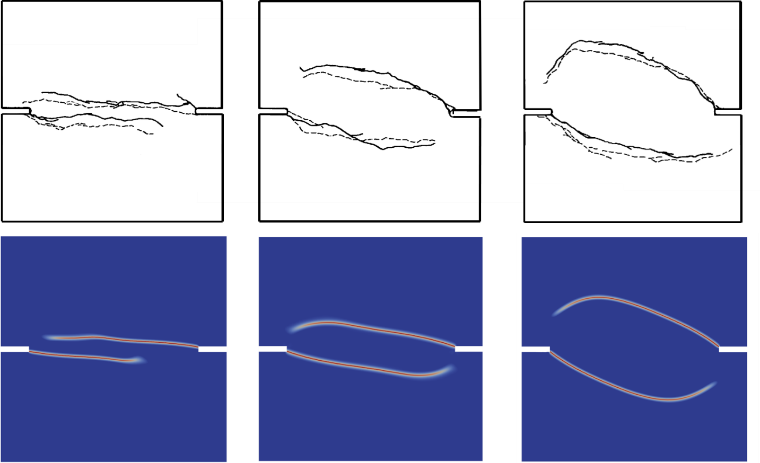Recently, the research team of Professor LI Jie, a member of the Chinese Academy of Engineering, published online an article in the International Journal of Engineering Science (IJES), which reported their new progress in frontier research on phase-field fracture theory. This is the fifth of their research article series published by the team in international authoritative journals in the past year. The team has published four articles in the Journal of the Mechanics and Physics of Solids (JMPS), an international leading journal in solid mechanics.
Phase-field fracture theory is a new theory in describing and predicting material damage. How to obtain the energy density expression based on an arbitrary cohesive law is one of the fundamental problems in the phase-field fracture theory. For a long time, the exploration of this problem is mainly based on speculations without solid physical support. Under the guidance of Professor LI Jie, the team discovered new integral transformations. Experiments revealed the dual relationship between energy density and the cohesive law, which laid the empirical foundation of phase-field fracture theory.
Based on the discovery, the team put forward a stability condition of the physical state of the dissipative system: variational inequality of virtual works. It is shown that the governing equations of dissipative systems can be derived by combining the variational inequality of virtual works and the law of energy conservation. Their research result lays a theoretical foundation for extending the phase-field fracture theory from quasi-conservative systems to unified dissipative systems.
How to define crack direction is a challenging problem in material fracture. The research team obtained an effective macro energy density by minimizing the "micro" energy density. Under the framework of the variational method, it is proved that the driving force of crack propagation derived from effective macroscopic energy density is related to the crack direction. In this way, the influence of crack direction on fracture failure of materials is described in detail. The team is extending their research to random-phase field research.
Their series of research results mentioned above are of great significance for engineering applications: they are suitable for predicting the failure behavior of concrete, rock, and other materials dominated by tensile fracture, but also can predict the failure behavior of metal materials dominated by shear fracture.


Fig. 1 Different failure modes controlled by tensile-shear strength ratio under uniaxial compression: splitting failure (left) and shear failure (right)

Fig. 2 Experimental results (first row) and theoretical prediction results (second row) of double notch mixed fracture test
Links to related papers:
https://doi.org/10.1016/j.ijengsci.2022.103773 (IJES)
https://doi.org/10.1016/j.JMPS.2021.104464 (JMPS)
https://doi.org/10.1016/j.JMPS.2021.104693 (JMPS)
https://doi.org/10.1016/j.JMPS.2021.104737 (JMPS)
https://doi.org/10.1016/j.JMPS.2021.104715 (JMPS)